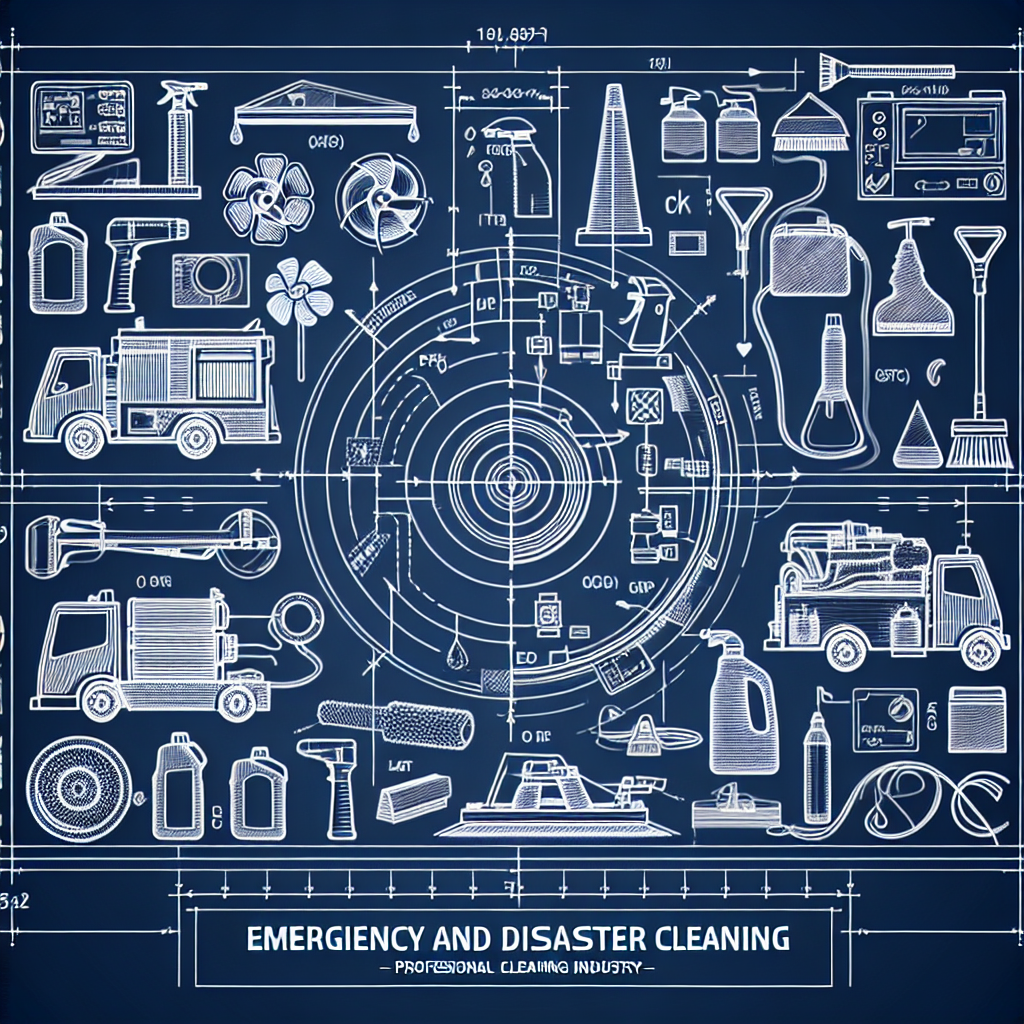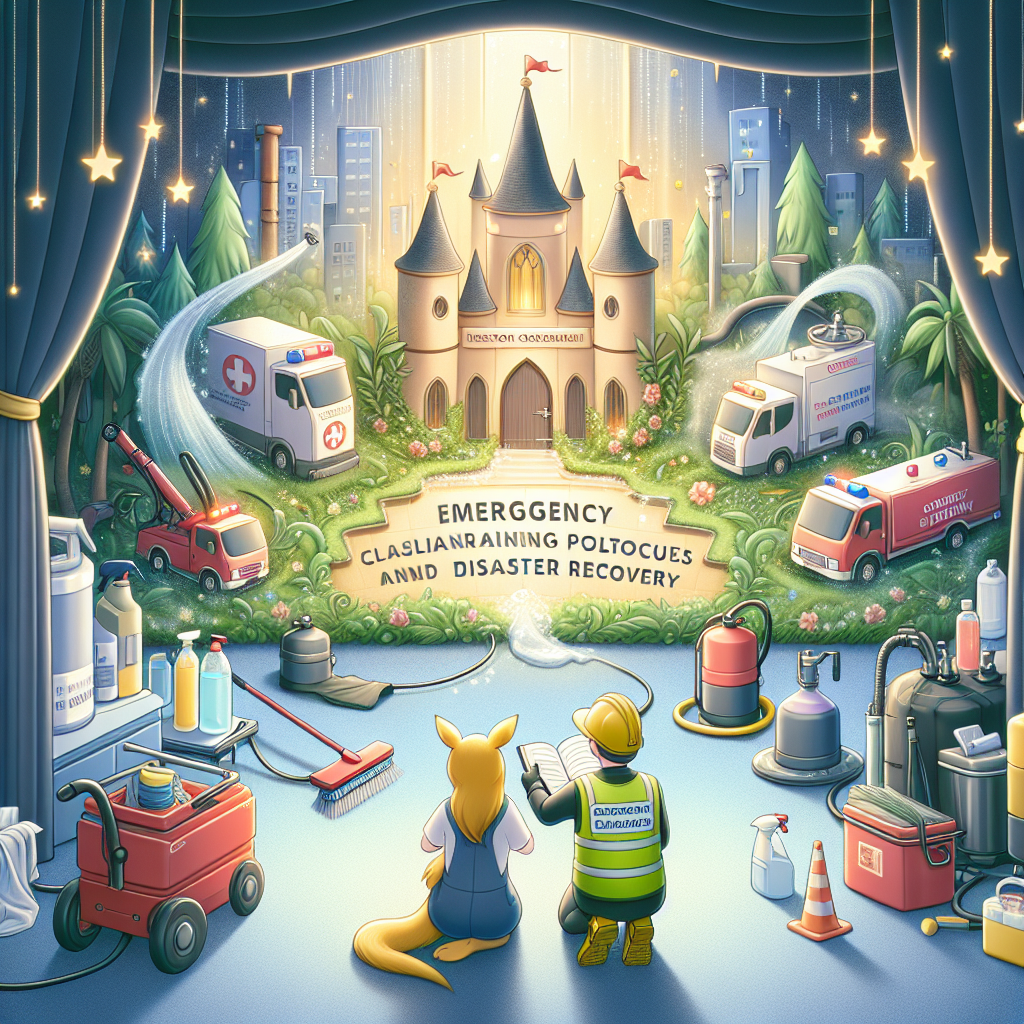Discover the critical role of emergency cleaning in healthcare facilities through our comprehensive guide. Learn how emergency cleaning differs from routine procedures and explore strategic approaches to efficiently tackle immediate cleaning needs. Uncover expert tips on prioritizing high-touch surfaces to curb pathogen transmission effectively. Delve into key considerations for emergency cleaning, including tailored cleaning plans, staff training in infection control, and maintaining adequate supplies and protective equipment. Understand that proper planning and preparation are vital for successful emergency cleaning in healthcare settings. Gain expert insight emphasizing rapid response, thorough disinfection, and adherence to established protocols. Elevate your cleaning practices to safeguard patients, staff, and visitors in times of crises with our valuable insights and recommendations.
In times of emergencies, the importance of effective cleaning cannot be overstated, especially in healthcare facilities. Emergency cleaning plays a crucial role in preventing the spread of infections and maintaining a safe environment for patients, staff, and visitors.
Understanding the Significance of Emergency Cleaning
Emergency cleaning goes beyond regular cleaning tasks and requires a strategic approach to address immediate cleaning needs efficiently. It involves rapid response, thorough cleaning protocols, and specialized techniques to mitigate risks associated with emergencies.
Tip: Prioritize high-touch surfaces during emergency cleaning to reduce the transmission of pathogens.
Key Considerations for Emergency Cleaning in Healthcare Facilities
-
Develop a detailed emergency cleaning plan tailored to healthcare settings.
-
Ensure all cleaning staff are trained in infection control measures and emergency response protocols.
-
Stock up on necessary cleaning supplies and personal protective equipment for emergencies.
Proper planning and preparation are essential for effective emergency cleaning in healthcare facilities.
Expert Insight: Emergency cleaning should focus on rapid response, thorough disinfection, and adherence to established protocols to safeguard public health.
Best Practices for Emergency Cleaning in Healthcare Settings
When responding to emergencies in healthcare facilities, follow these best practices to ensure effective cleaning and infection control:
-
Identify and prioritize critical areas for cleaning based on potential infection risks.
-
Use EPA-approved disinfectants and follow manufacturer instructions for proper disinfection.
-
Implement enhanced cleaning protocols for high-risk areas such as patient rooms, waiting areas, and restrooms.
-
Regularly monitor cleaning effectiveness and adjust protocols as needed to address emerging threats.
Effective emergency cleaning requires a proactive approach, attention to detail, and a commitment to upholding the highest standards of cleanliness.
Advanced Techniques for Emergency Cleaning Response
To enhance your emergency cleaning response in healthcare facilities, consider integrating advanced techniques and technologies for improved efficiency and effectiveness:
-
Utilize electrostatic sprayers for comprehensive surface coverage and disinfection.
-
Implement UV-C light disinfection systems to target pathogens in hard-to-reach areas.
-
Integrate smart cleaning technologies for real-time monitoring of cleaning activities and adherence to protocols.
Expert Tip: Stay informed about the latest advancements in emergency cleaning technologies to enhance your cleaning response capabilities.
In conclusion, emergency cleaning is a critical component of maintaining a safe and hygienic environment in healthcare facilities during crises. By following best practices, leveraging advanced techniques, and prioritizing rapid response, cleaning professionals can play a vital role in safeguarding public health and preventing the spread of infections.



